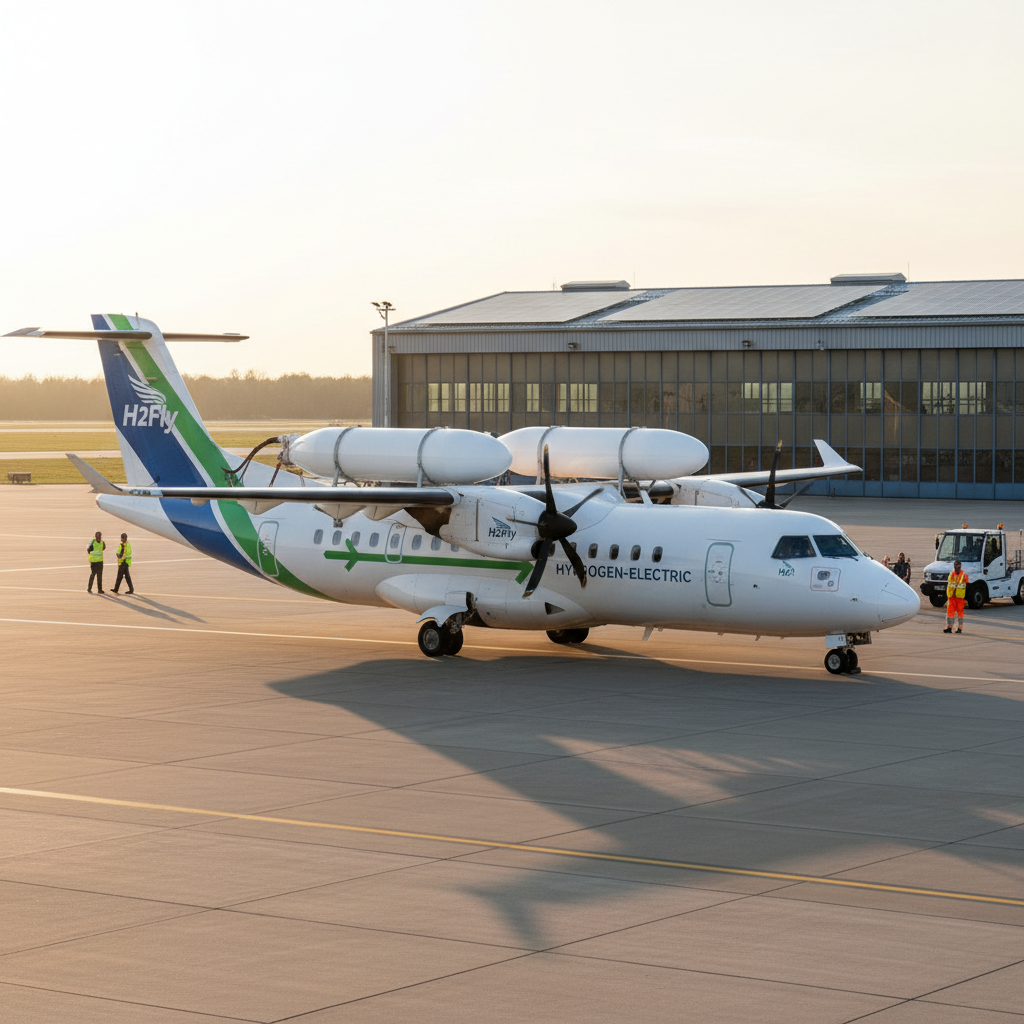Physical Address
304 North Cardinal St.
Dorchester Center, MA 02124
Physical Address
304 North Cardinal St.
Dorchester Center, MA 02124
Global aviation news tracker
Global aviation news tracker

H2Fly has secured funding to accelerate hydrogen-electric aircraft development and is targeting commercial market entry by 2030.
The funding boost will support H2Fly’s work on hydrogen-electric propulsion systems and demonstrators. H2Fly hydrogen aviation is positioning itself to help airlines and manufacturers decarbonise short-haul flights with a zero-emissions powertrain based on liquid or gaseous hydrogen and electric motors.
Company executives describe the round as a milestone that moves prototypes closer to certification and commercial deployment. While specific investors and amounts were not disclosed, H2Fly says the capital will underwrite testing, supply-chain scale-up and integration work through the remainder of the decade.
Hydrogen-electric aircraft promise a step-change in aviation sustainability, especially on short regional routes where battery energy density limits pure-electric solutions. H2Fly’s approach focuses on combining hydrogen storage with electric propulsion to reduce CO2 and other emissions during flight.
Regulators and industry groups are already drafting technical and safety frameworks for hydrogen-powered aircraft; H2Fly’s funding rounds add practical momentum to those efforts. For passengers, the change would be gradual — starting on short regional services before any wider network adoption.
H2Fly’s timeline — aiming for market entry by 2030 — aligns with broader industry pledges to cut aviation emissions and explore alternative propulsion. The next steps to watch are flight test schedules, demonstrator milestones, and any announced airline or OEM (original equipment manufacturer) partners.